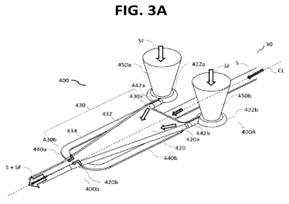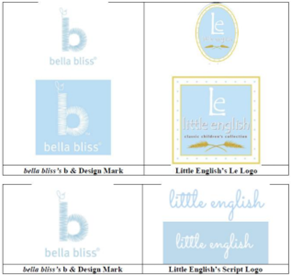The Supreme Court of the United States has agreed to reconsider the Chevron doctrine, which instructs courts to defer to a federal agency’s reasonable interpretation of an ambiguous statute that US Congress delegated to the agency to administer. Relentless, Inc. v. Department of Commerce, Case No. 22-1219 (Supr. Ct., Oct. 13, 2023) (certiorari granted). The question presented is:
Whether the Court should overrule Chevron or at least clarify that statutory silence concerning controversial powers expressly but narrowly granted elsewhere in the statute does not constitute an ambiguity requiring deference to the agency.
The case involves the Magnuson-Stevens Fishery Conservation and Management Act (MSA), which governs fishery management in federal waters. The MSA states that, with the approval of the US Secretary of Commerce, the National Marine Fisheries Service (NOAA Fisheries) may require fishing vessels to carry federal observers who enforce the agency’s regulations. Congress appropriates funds for these observers. Deeming annual congressional appropriations for the federal observers insufficient, NOAA Fisheries asserted a right to require fishing vessels to enter into contracts to pay the federal observers. The US Court of Appeals for the First Circuit approved this practice, finding that the mere fact that the MSA provides for federal observers gave the agency carte blanche to charge the regulated party for those observers.
This case will be heard in tandem with Loper Bright Enterprises v. Raimondo, which raises a similar Chervon doctrine (deference) issue, during the January 2024 argument session.
read more

 Subscribe
Subscribe




